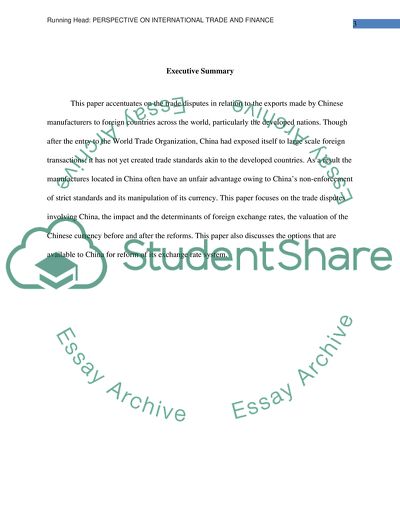Cite this document
(Perspective on International Trade and Finance Assignment - 1, n.d.)
Perspective on International Trade and Finance Assignment - 1. https://studentshare.org/finance-accounting/1780718-perspective-on-international-trade-and-finance
Perspective on International Trade and Finance Assignment - 1. https://studentshare.org/finance-accounting/1780718-perspective-on-international-trade-and-finance
(Perspective on International Trade and Finance Assignment - 1)
Perspective on International Trade and Finance Assignment - 1. https://studentshare.org/finance-accounting/1780718-perspective-on-international-trade-and-finance.
Perspective on International Trade and Finance Assignment - 1. https://studentshare.org/finance-accounting/1780718-perspective-on-international-trade-and-finance.
“Perspective on International Trade and Finance Assignment - 1”. https://studentshare.org/finance-accounting/1780718-perspective-on-international-trade-and-finance.


